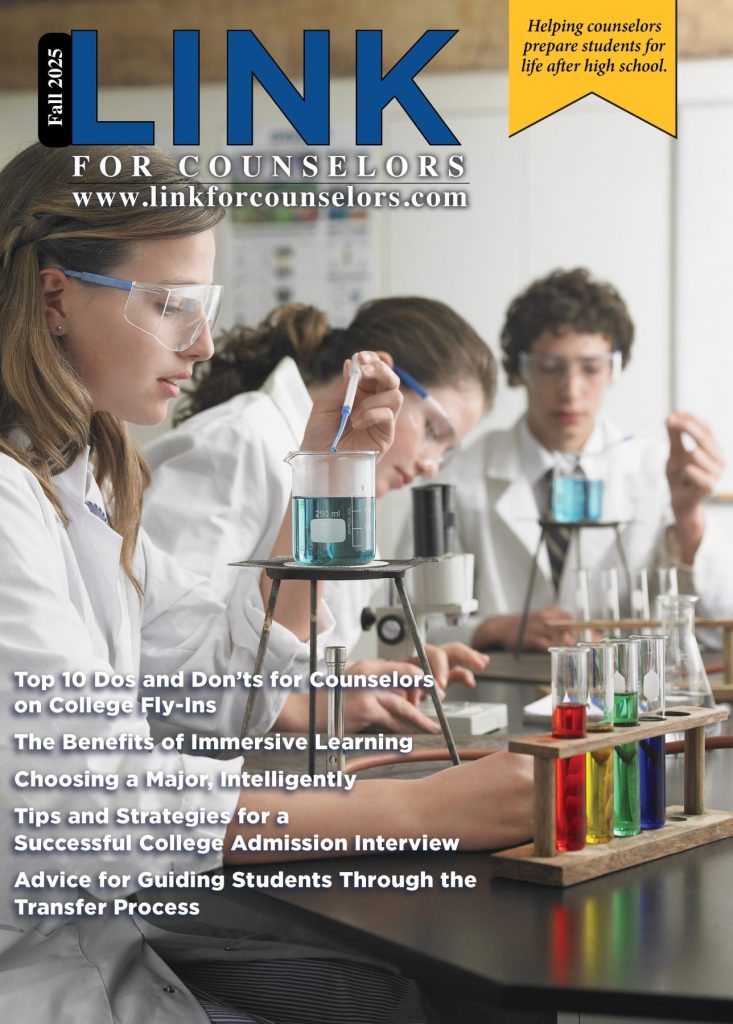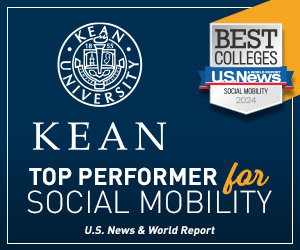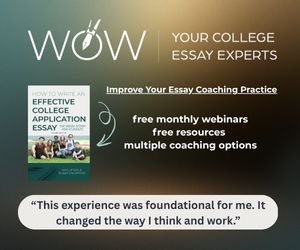Your Student’s Been Deferred. Now What?
Just after Christmas, we got a call from a student inquiring about an additional essay required by the University of Michigan for deferred students. He wanted help writing it.
The student was “postponed” by the Ross School of Business. He wondered if he should call the admissions office, submit additional information beyond the additional essay, or email the admissions rep for his school.
Last year, we would have told him to contact his school’s admissions rep to find out what to do. But UM changed the rules this year. And they added an essay requirement. They also gave instructions; the directions – in an email to every deferred applicant – were crystal clear.
“This form serves as your singular expression of continued interest in the University of Michigan. This form must be submitted prior to Feb. 1st. Please note: Given the high volume of applicants to the University of Michigan, this form is the only expression of continued interest that will be considered. Therefore, additional information/communications sent outside of this form will not be added to your application.”
Our advice: Please remind your students to read the instructions provided by the college before doing anything!
In all of our years working with students applying to college, we have found that most of the information students need to communicate with them comes directly from the colleges.
Tulane gives good instructions about what to do if …Jeff Schiffman, Director for Admission at Tulane, gives specific advice in a blog he penned last year for deferred students.
Highlights from Schiffman’s message:
- Read the blog; it offers insight and instructions.
- Fill out the continued interest form.
- Do email your rep and state you are still interested in Tulane.
- Do not call the admissions office and ask why you were deferred.
Some schools, like Cornell, just want a simple check in stating the student is still interested.
“I encourage
deferred students to craft an email that lets the committee know of continued
interest – I call it checking in,” said Shawn Felton, Cornell’s director of
undergraduate admissions, told me. “It should not begin as a dirge. Avoid: ‘I
am deeply disappointed that I was not offered admission during Early Decision…’”
Felton suggests students stay positive in their deferral letters, and share why they want to be a part of the Cornell community.
In the case of the University of Michigan, the instructions – that were emailed to every deferred student last month– were easy to follow. They wanted students who were still interested in the school to craft an additional essay.
The prompt:
In 250 words or less, describe how your personal educational goals connect to the University of Michigan’s mission and values.
We are helping our student answer the prompt as I write this blog; this is a new requirement for U-M this year. We helped him parse it, and now, he is wrapping it up with one of our coaches.
You can help your students answer this or other deferral prompts by making sure they understand what the prompt is asking, brainstorming ideas and reviewing the final essay to make sure the answer is effective.
What does UM want to know in this additional essay?
- Is the deferred student still interested in the school?
- What are the student’s personal educational goals?
- How do the student’s goals mesh with UM’s values and mission?
We’re pretty sure those students who are not interested will take a pass on an extra essay. By answering the question, UM will know a student is still interested.
What’s Next?
As you already know, deferred students are not alone. But while fellow seniors walk up and down the halls of your high school boasting about getting into their top choice colleges, it can be devastating for the student who heard no …. or equally disappointing …. maybe later. Postponed. Pended. Deferred.
The deferred student needs to hear from you and other adults in their lives that they are qualified, that they still have a shot at that school. Of course they need to apply to schools that they can get into, those safety schools.
It’s not news to you that being qualified no longer guarantees admissions to the more select schools. So when that happens, the students need a dose of encouragement from you, Mom and Dad, their teachers, coaches. If you can talk to them and help them understand that the application will be re-evaluated for the regular decision pool, they will know there’s still hope.
Find out how to inspire your students during our free webinar
We’re launching a new professional development program for
counselors and consultants in January called The College Essay
Experience, and we’d love to include you.
All you have to do right now is sign up for the informational
webinar. We’ll give you a taste of our
process, and we’ll even do some writing. And there’s a giveaway – a free gift
for everyone who signs up. You can join us live or listen
to the recording.
Learn more on January 15, 1-2 pm Eastern. Sign up here, and then forget about it. In the meantime, enjoy your family
and friends.
About the Author
Kim Lifton is President of Wow Writing Workshop, a strategic communication company staffed by experts who understand the writing process inside and out. Since 2009, Wow has been leading the industry with our unique approach to communicating any message effectively. The Wow Method helps business and nonprofit leaders create better blogs, manage social media, develop websites and create other communication materials. It also helps students write college application essays, grad school personal statements and resumes that get results. If it involves words, Wow can help.














